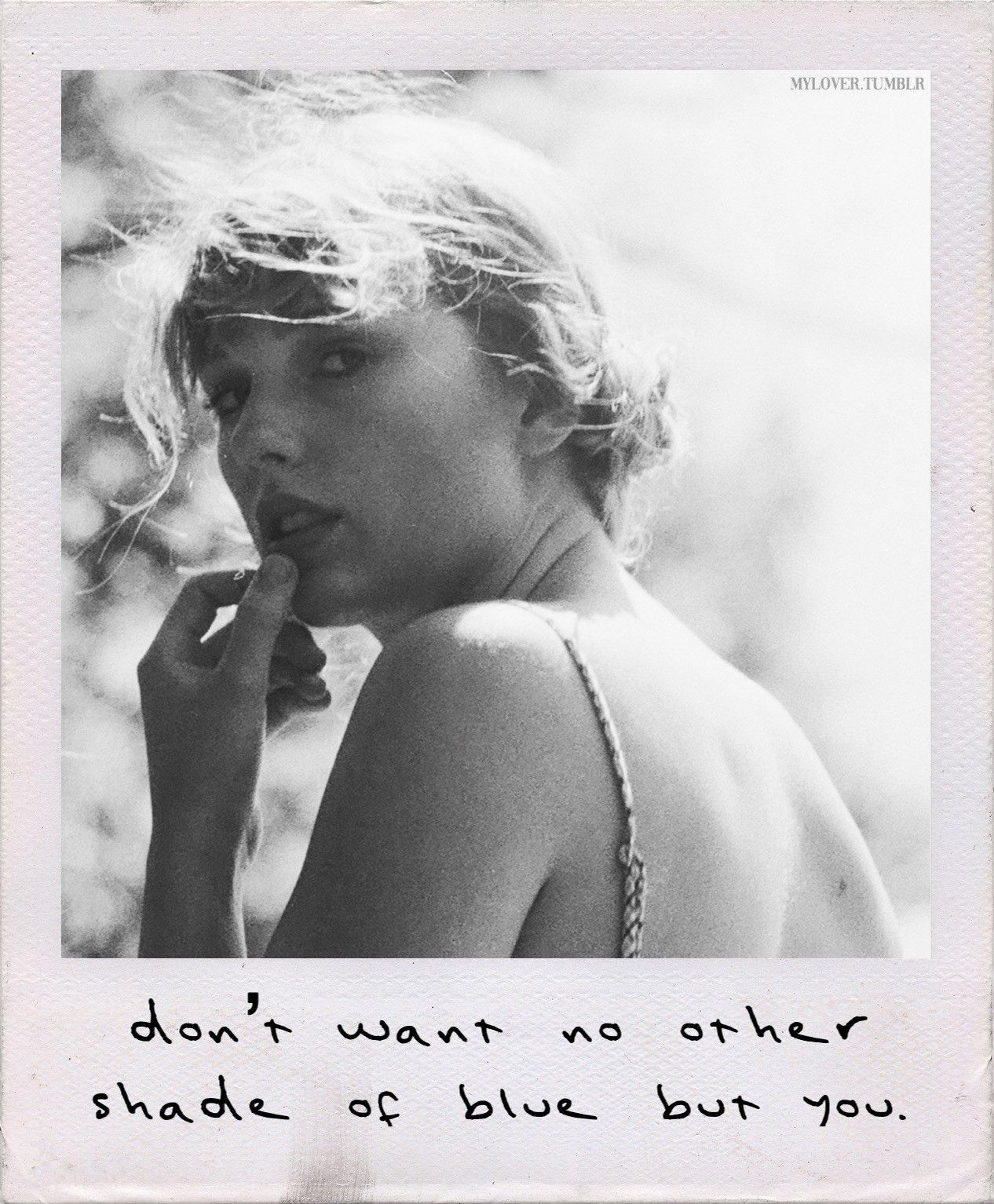
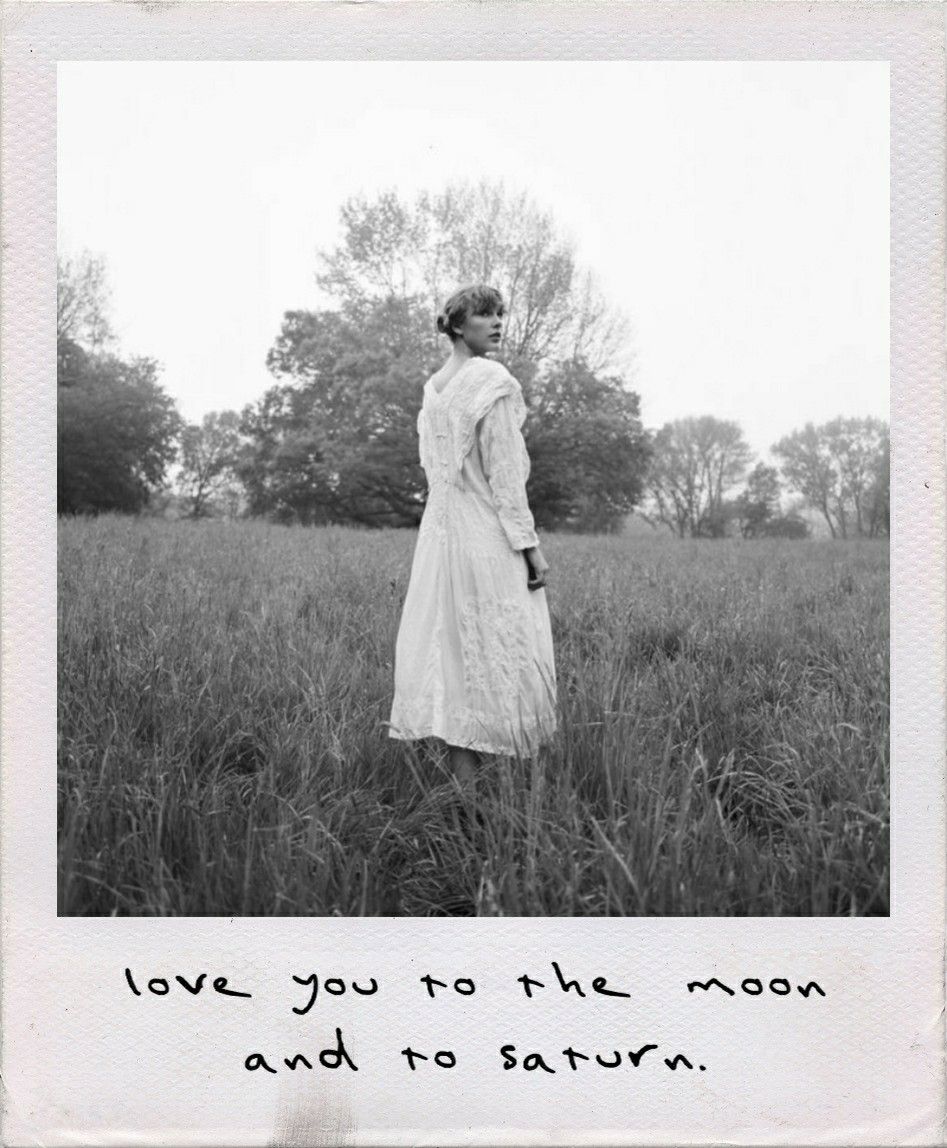

In November, one month before her 32nd birthday and just seven months after she had been 19 years old, Taylor Swift was 22. Not really, obviously. But throughout 2021, as Swift hopscotched through her career by releasing re-recordings of her albums Fearless and Red, Swift turned what could have seemed like a cash grab by a legacy act into something much more potent: a way to relive, and correct, the inflection points of her life. And listeners did it with her. In particular: women in their 20s and 30s who may not have been singing along to Swift the first time around. “I have actively hated Taylor Swift, despite loving other singer-songwriters obsessively,” Octavia Stout, a 29-year-old in Chicago, told me. “I thought her voice was whiney, her lyrics cliché, and generally thought she was marketing for and towards people younger than me, which was unappealing.” Then, last month, Stout tripped on mushrooms while watching the Sadie Sink-starring music video for the 10-minute version of “All Too Well,” the centerpiece of Swift’s Red (Taylor’s Version). It was the weekend that Swift performed the song on “Saturday Night Live,” and Stout was so inundated with Swift content that she finally decided to see if the singer was worthwhile. “I watched the Sadie Sink video and related to the hot/cold nature of the relationship being depicted… but then something unexpected happened. I listened to Folklore in full and the opening track left me SOBBING,” Stout wrote to me. “I still don’t consider myself a Swiftie but please don’t turn on ‘Invisible String’ in front of me because I will be immediately moved to tears.”
After years of cataclysmically bad press, two underwhelming albums, and the growing threat of irrelevance, each of the four albums that Swift has put out since 2019—Folklore, Evermore, Fearless (Taylor’s Version), and Red (Taylor’s Version)—have become iconic art of the pandemic era. They have proven to be relatable when absolutely nothing feels familiar and when everyone, fearing both the present and the future, has far too much time to rethink and long for the past. Not only have these albums refueled Swifties’ conviction that Blondie can do anything, but they have converted new fans at a time when Swift’s contemporaries are settling for smaller crowds. Nostalgia, it turns out, is as powerful a drug as, well, drugs. “One of the things that draws people to a particular figure, and I think this is especially true with Taylor Swift, is that we are looking to see parts of ourselves validated through them,” said Adriane Brown, an associate professor of gender, sexuality, and women's studies at Augsburg University who’s studied Swift fans. “Taylor Swift, I think, has done so much of that for, particularly early on, girls. And now I think a lot of her fans are actually millennial women.”


Taylor Swift is a little too old to be this successful, and she knows it.”

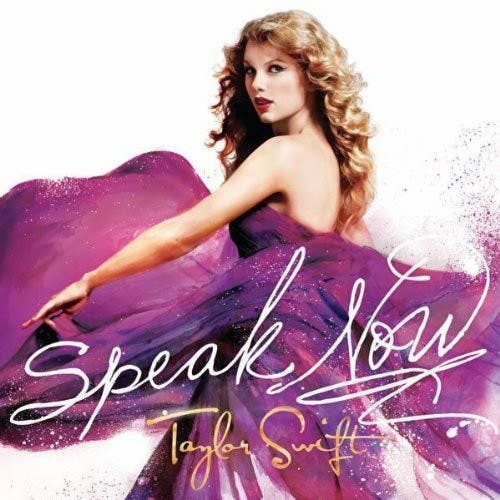
.jpg)


Back when we were all much younger, in 2019, Swift was sure she was approaching the cliff of her success. “We do exist in this society where women in entertainment are discarded in an elephant graveyard by the time they’re 35,” she said in the documentary Miss Americana. “As I'm reaching 30, I’m like, I want to work really hard while society is still tolerating me being successful.” By the time she made that pronouncement, however, society’s tolerance for Swift had already started to wear thin. To borrow a Swift song title and make a long story short: In 2016, Swift’s archnemesis Kanye West rapped, “I feel like me and Taylor might still have sex. Why? I made that bitch famous.” Swift insisted she hadn’t approved the latter lyric and that, actually, she had cautioned West about releasing a song with such a “strong misogynistic message” while on the phone with him. After years of cataclysmically bad press, two underwhelming albums, and the growing threat of irrelevance, each of the four albums that Swift has put out since 2019—Folklore, Evermore, Fearless (Taylor’s Version), and Red (Taylor’s Version)—have become iconic art of the pandemic era. West’s then-wife Kim Kardashian then released a series of devastating Snapchats that made it look like Swift had lied about all of the above. After roughly two years of being the greatest luminary in pop music, thanks to her planet-conquering album 1989, Swift crashed to earth. Hard. The Ringer asked, “When Did You First Realize Taylor Swift Was Lying to You?” New York magazine wanted to know: “When Did the Media Turn Against Taylor Swift?” In one vinegary piece, Buzzfeed traced “How Taylor Swift Played The Victim For A Decade.
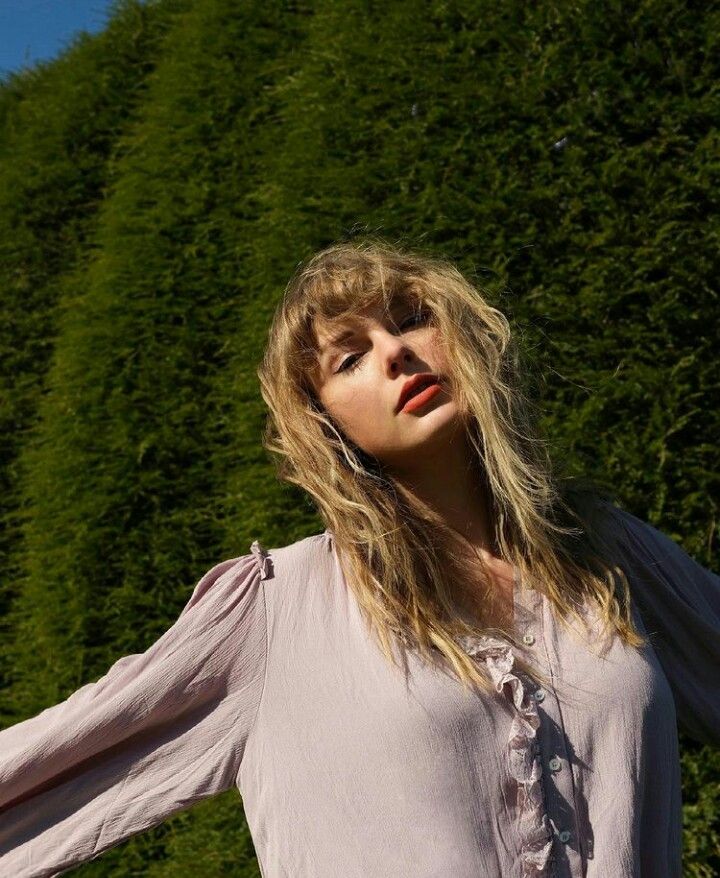
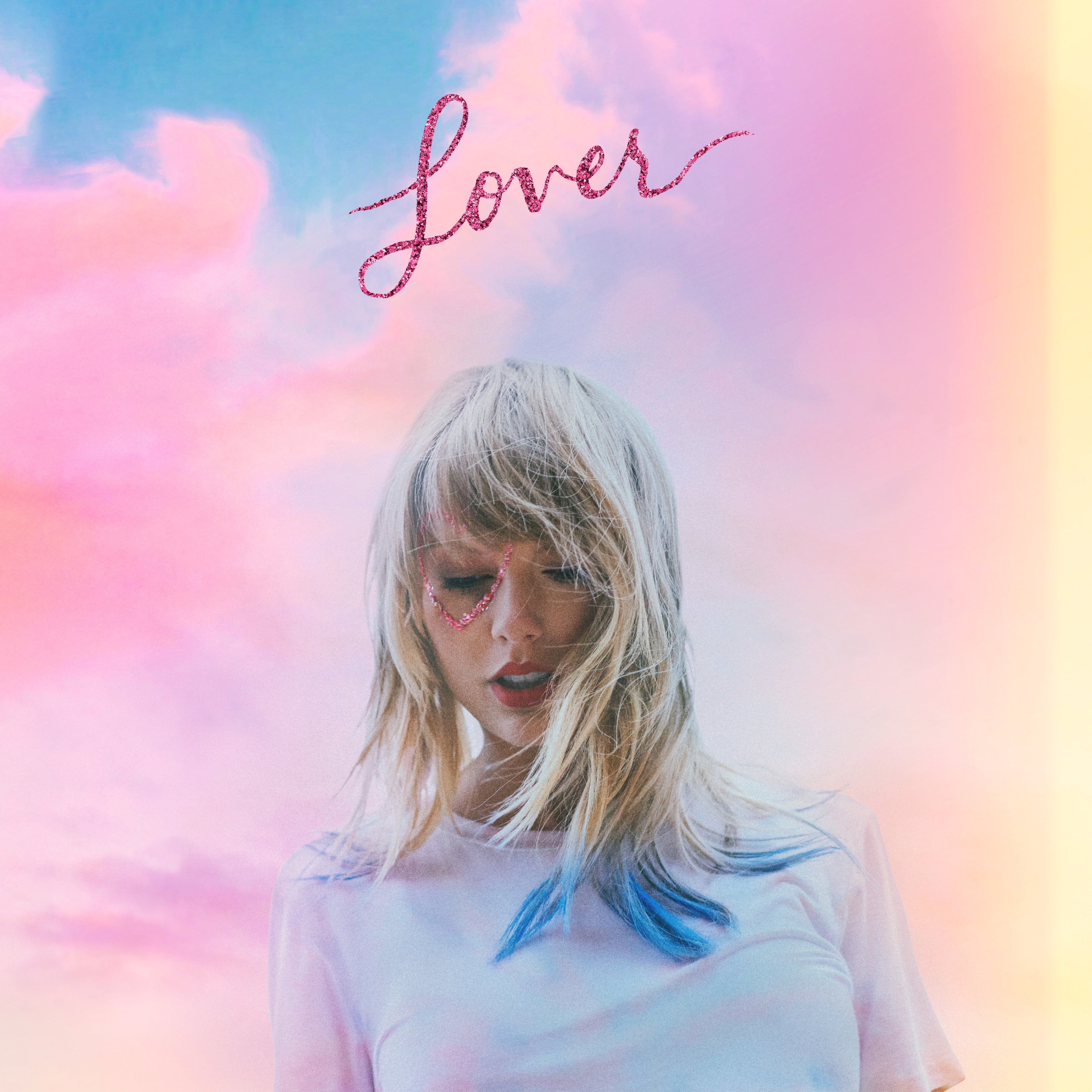
 (CD).jpg)

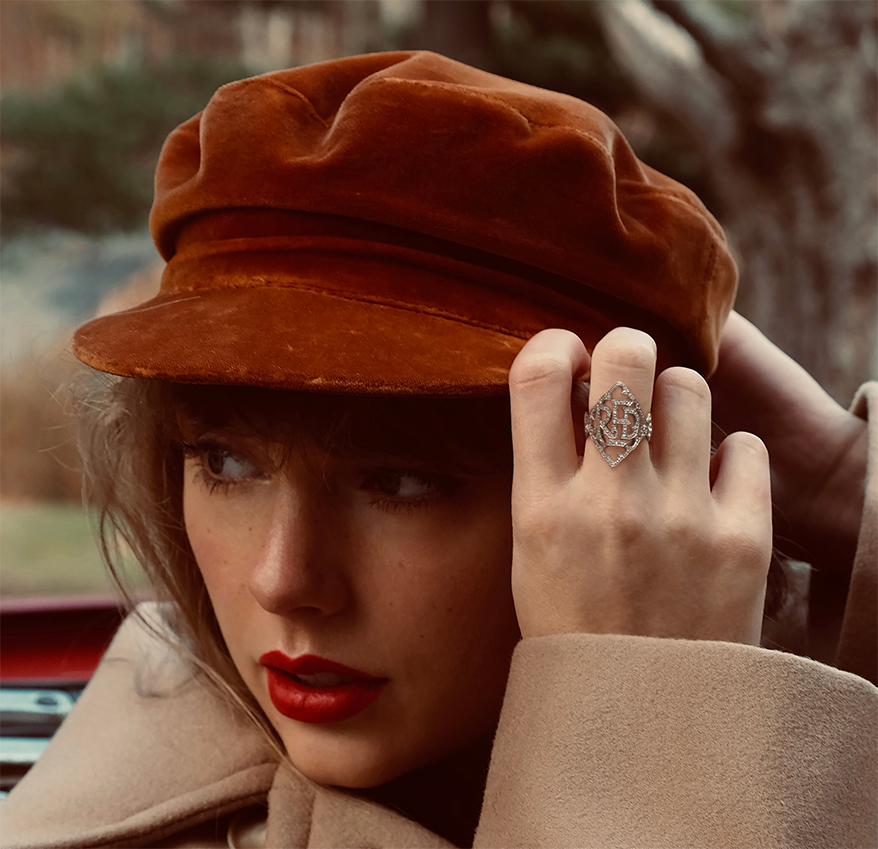
' vault songs.jpg)
So, Swift went to ground. “Nobody physically saw me for a year,” she recounted in Miss Americana. “That’s what I thought they wanted.” Both of Swift’s subsequent albums, Reputation and Lover, were sold as the Return of Taylor Swift. Reputation, in 2017, was Swift’s midnight-hued concept album about the fall and rise of Taylor Swift; the singer, perhaps once a little too available, infamously refused to do any interviews about it. Then, in 2019, Swift drenched Lover in rainbows and pastels. She retconned her heel turn and went on the record with journalists to confirm that the score-settling snakes of Reputation were all an act. Swift was back to her ostentatiously earnest self. By any normal standard, these best-selling albums were massive successes. But neither really returned Swift to the musical stratosphere; checking out her art no longer felt quite as urgent. Maybe it was the lack of good singles. (“‘Look What You Made Me Do’ is just so goofy,” Stout said of the lead single off Reputation. “Girl, what are you doing?”) Maybe the damage to Swift’s status as an authentic, all-American good girl had sustained too much damage; toggling between oppositional stage personas started to come off as desperate, even deceptive. (Swift’s whiteness contributed to her ability to easily shuck the sexual, bad-girl persona of her Reputation era. See also: Miley Cyrus.) But at the dawn of the pandemic, Swift, perhaps for the first time in the decade-plus since she’d released her debut album, was Just Like Us: stuck in her home. (Well, that home is probably a palatial mansion, but she got as close as the ultra-rich get.) Unlike the rest of us, though, she took that time to surprise-drop two albums made “in isolation,” Folklore and Evermore. Before the pandemic broke out, K., 34, didn’t feel many emotions toward Swift at all. (K. asked to be identified only by her first initial.) “But when Folklore came out, I wanted to be educated on what this big trend was, so I just listened to it in the background as I worked,” she said. “Because it came into my life during this crazy life in our country’s history and during history, it became kind of a soundtrack of 2020 for me.”
